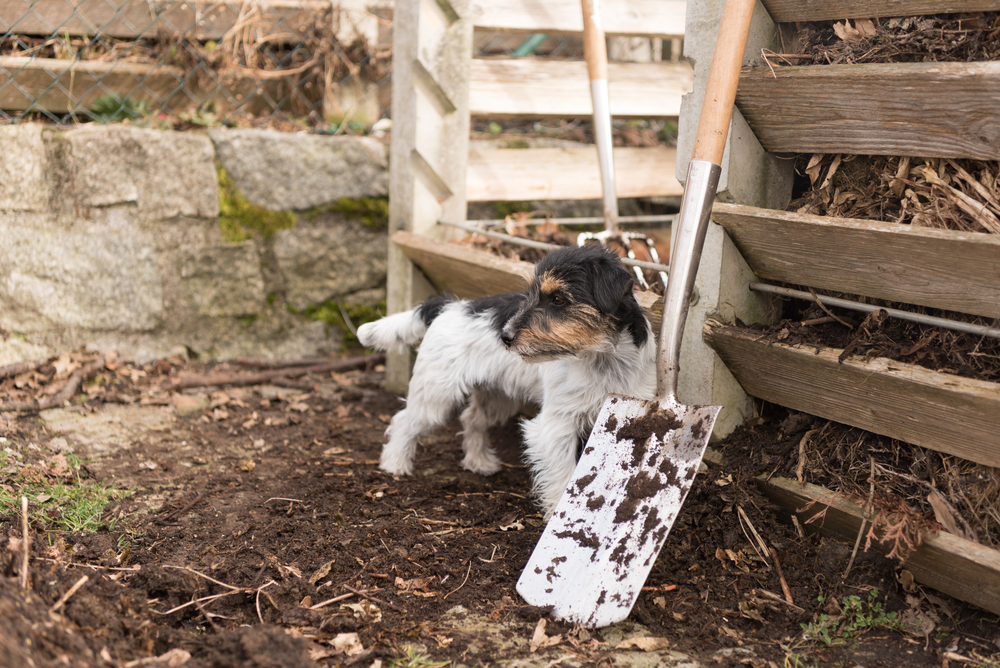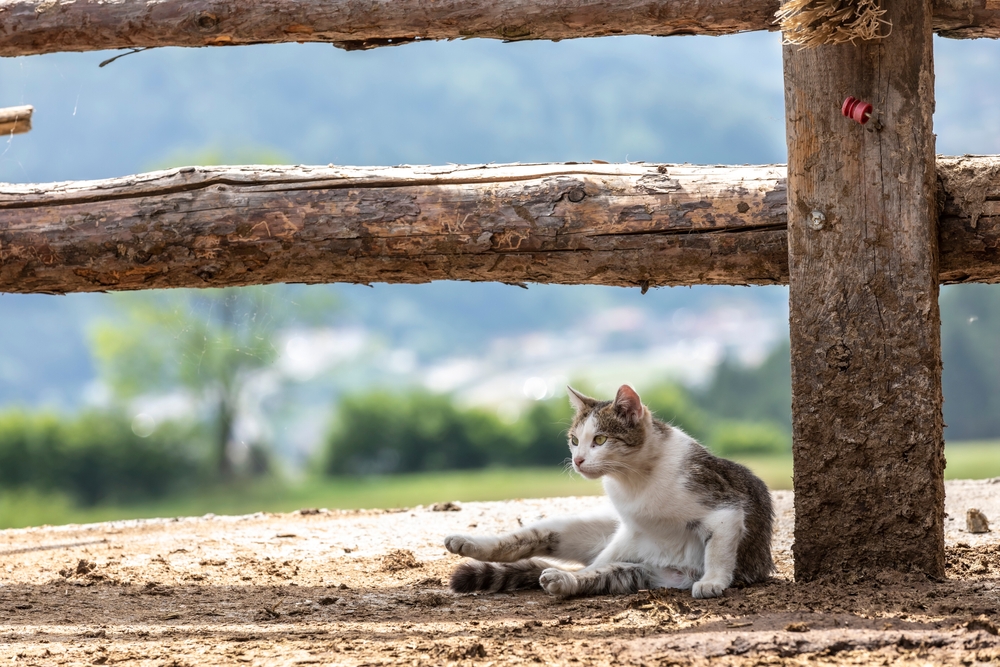Composting pet waste may sound unconventional, but it’s an eco-friendly way to reduce landfill waste and enrich soil without harming the environment. While traditional composting can’t handle pet waste due to potential pathogens, setting up a separate composting system for pet waste can make your garden greener and your carbon footprint smaller. Here’s how to do it properly and reap the benefits.

Pet waste composting requires a specific setup to ensure safety and effectiveness. Choose a separate compost bin specifically for pet waste and place it away from edible plants. You’ll need high temperatures to break down any pathogens, so consider adding wood chips or sawdust, which help aerate the pile and encourage microbial activity. To prevent contamination, it’s essential to avoid composting pet waste directly with food scraps or garden compost.
Once fully composted, pet waste can be used safely on non-edible plants, like ornamental trees or flowers, providing nutrients and improving soil structure. By composting pet waste responsibly, you’re reducing the environmental impact of pet ownership and creating a more sustainable garden. It’s a small change that helps make pet care eco-friendly and turns waste into a useful resource for your outdoor space.
Maintaining the right balance of materials in your pet waste compost is crucial for efficient decomposition. Aim for a mix of “green” nitrogen-rich materials like pet waste and “brown” carbon-rich materials like leaves or sawdust. This balance helps maintain the high temperatures necessary to kill pathogens. Regularly turning the compost pile introduces oxygen, which speeds up the process and reduces odors. With the right conditions, pet waste composting can yield rich soil amendments in just a few months.

Monitoring the temperature of your compost pile is also essential for safe pet waste composting. The pile should ideally reach temperatures of at least 140°F (60°C) to break down harmful bacteria and parasites. A compost thermometer can help you track these levels and ensure the pile is functioning effectively. If you notice the temperature dropping, adding more “brown” materials like sawdust or shredded paper and turning the pile can help it regain heat. Keeping a close eye on temperature ensures a safe end product for your garden.
To keep your pet waste compost system sustainable, only use compostable or biodegradable bags if you’re collecting waste from your yard. Avoid using any plastic bags, as they won’t decompose in the compost pile and can disrupt the process. By managing the system carefully and sticking to pet waste-specific composting guidelines, you’re creating a resource that benefits your garden without risking the health of edible plants or the surrounding environment. Over time, this approach turns an everyday waste product into a sustainable, garden-enhancing solution.
